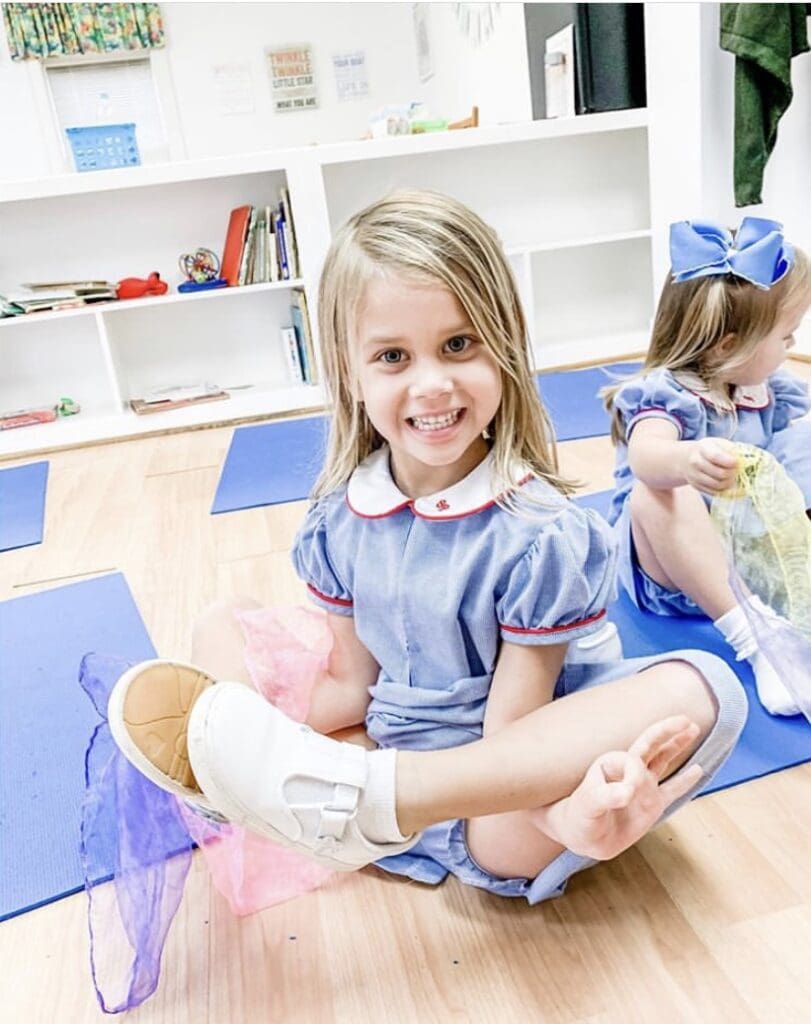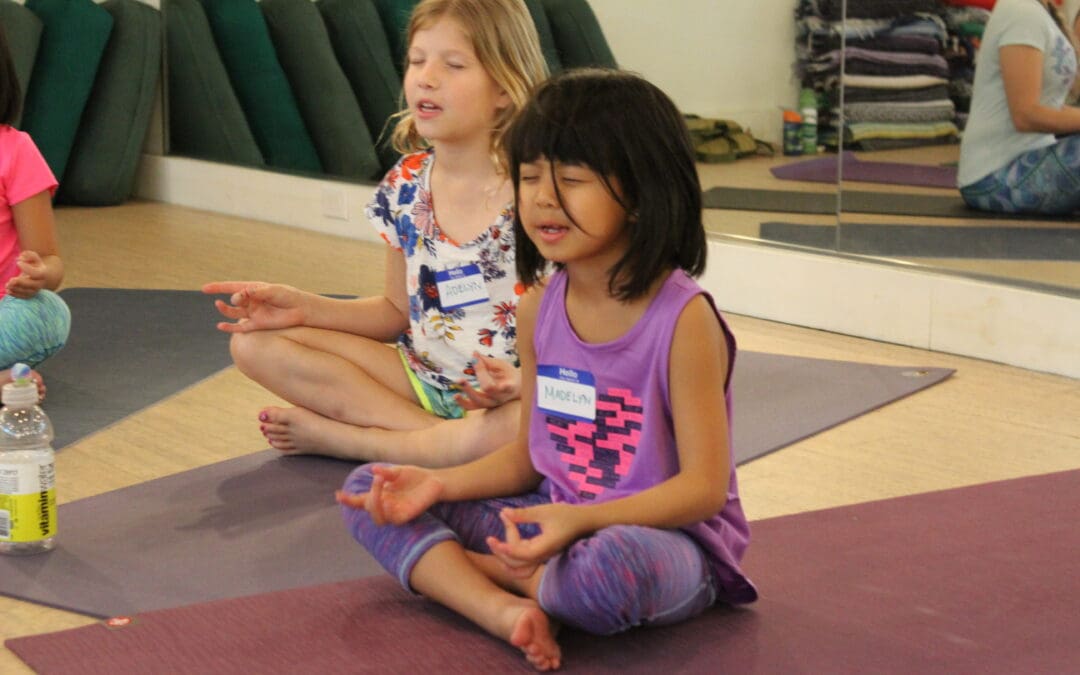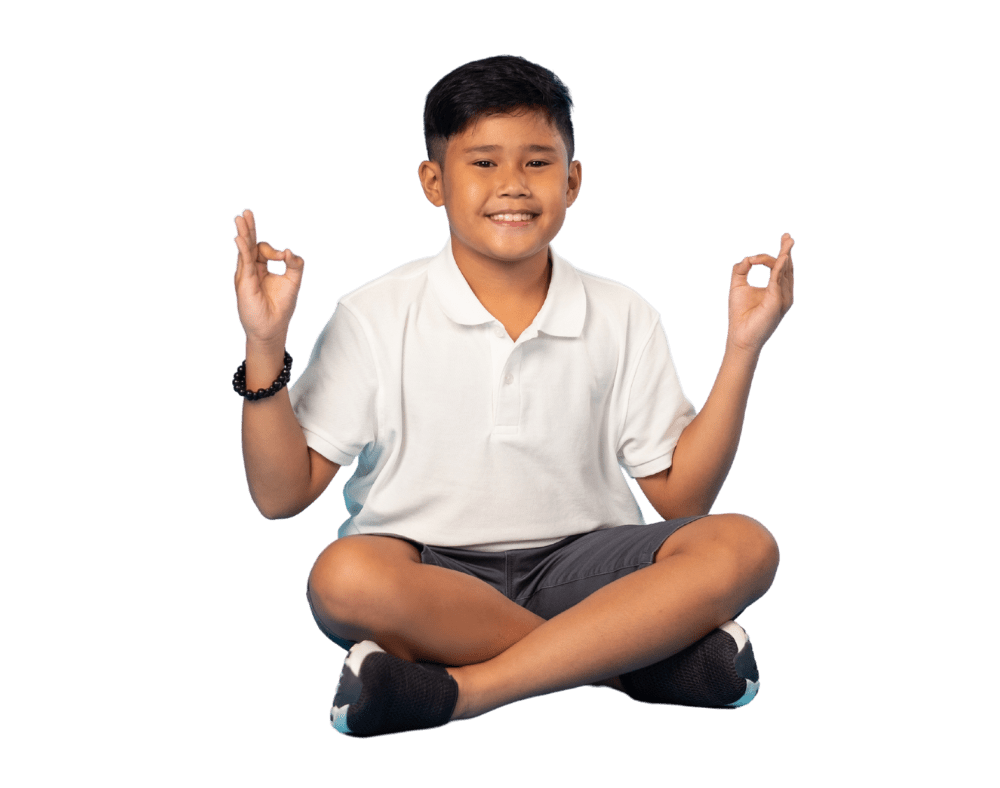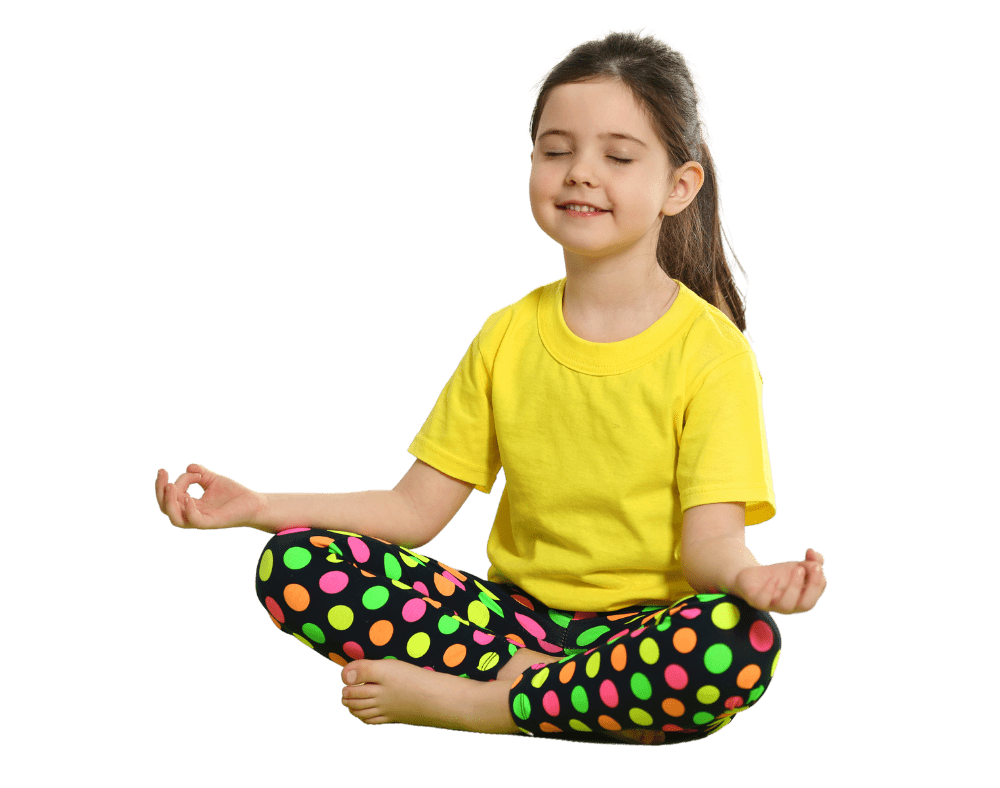Many children have difficulty regulating their emotions. Tantrums, outbursts, whining, defiance, fighting: these are all behaviors you see when kids experience powerful feelings they can’t control. The good news is that learning to calm down instead of acting out is a skill that can be taught.
Emotional regulation is an essential skill that children must develop to manage their emotions in a healthy and constructive way. When children can regulate their emotions, they are better equipped to cope with stress, build positive relationships, and make good decisions. However, children who struggle with emotional regulation may experience difficulties in school, relationships, and other areas of life. Fortunately, yoga is an effective tool for emotional regulation because it encourages children to connect with their bodies and minds in a positive way.
Emotional regulation refers to the ability to monitor, understand, and effectively manage one’s own emotions and reactions. It involves being able to recognize and respond appropriately to different emotional states and to modulate the intensity and expression of emotions as needed in different situations. Emotional regulation is a key component of mental health and well-being and is important for building positive relationships, making good decisions, and coping with stress.
There are several common challenges that children may face in regulating their emotions. For instance, some children may have a limited emotional vocabulary and may not be able to express their emotions or identify the specific emotions they are feeling. Others may not have developed effective coping skills to manage strong emotions, which can lead to behaviors such as tantrums, aggression, or withdrawal. Additionally, some children may become overwhelmed by sensory input or environmental triggers, leading to heightened emotional arousal and difficulty in regulating their emotions. This can be especially challenging for children with sensory processing difficulties, ADHD, or other neurodevelopmental disorders.
Kids yoga teachers can play an important role in supporting children’s emotional regulation. For example, they can create a safe and supportive environment where children feel comfortable exploring their emotions and learning new skills. Moreover, they can teach mindfulness and self-awareness, which can help children develop a greater understanding of their emotions and how they impact them. Additionally, teaching breathing and relaxation techniques can help children calm their minds and bodies when they are feeling overwhelmed or stressed. Incorporating age-appropriate yoga poses and activities such as balancing poses that help children feel grounded or heart-opening poses that promote feelings of compassion and self-love can also be helpful.
There are many yoga poses and techniques that can be effective for promoting emotional regulation in children, but here are three specific examples:
- Tree pose: This is a balancing pose that can help children feel grounded and centered. It involves standing on one leg while bringing the other foot to rest on the ankle, calf, or thigh of the standing leg. This pose can help children develop a sense of physical stability and confidence, which can support emotional regulation.
- Child’s pose: This is a gentle yoga pose that involves kneeling on the floor and folding the upper body forward, with the head resting on the ground or a block. This pose can help children feel calm and centered, and can be especially helpful for children who are feeling overwhelmed or anxious.
- Butterfly pose: This is a seated yoga pose that involves bringing the soles of the feet together and gently pressing the knees down towards the ground. This pose can help children release tension in the hips and lower back and can promote feelings of relaxation and openness.
- Lion’s breath: This is a breathing technique that involves exhaling forcefully while making a “roaring” sound. This technique can help children release tension and frustration and can be especially helpful for children who struggle with anger or anxiety.
- Sun salutations: These are a series of yoga poses that can be done as a flowing sequence. They can help children develop mindfulness, body awareness, and physical strength. The repetitive nature of the sequence can also be calming and soothing for children, which can support emotional regulation.


Yoga can be a powerful tool for promoting emotional regulation in children. By teaching children to connect with their bodies and minds in a positive way, yoga can help them develop self-awareness, mindfulness, and relaxation skills, which are all important components of emotional regulation. Yoga poses and breathing techniques help children release tension and manage stress, which can contribute to better emotional regulation.
Want to learn more? Explore our courses HERE.



